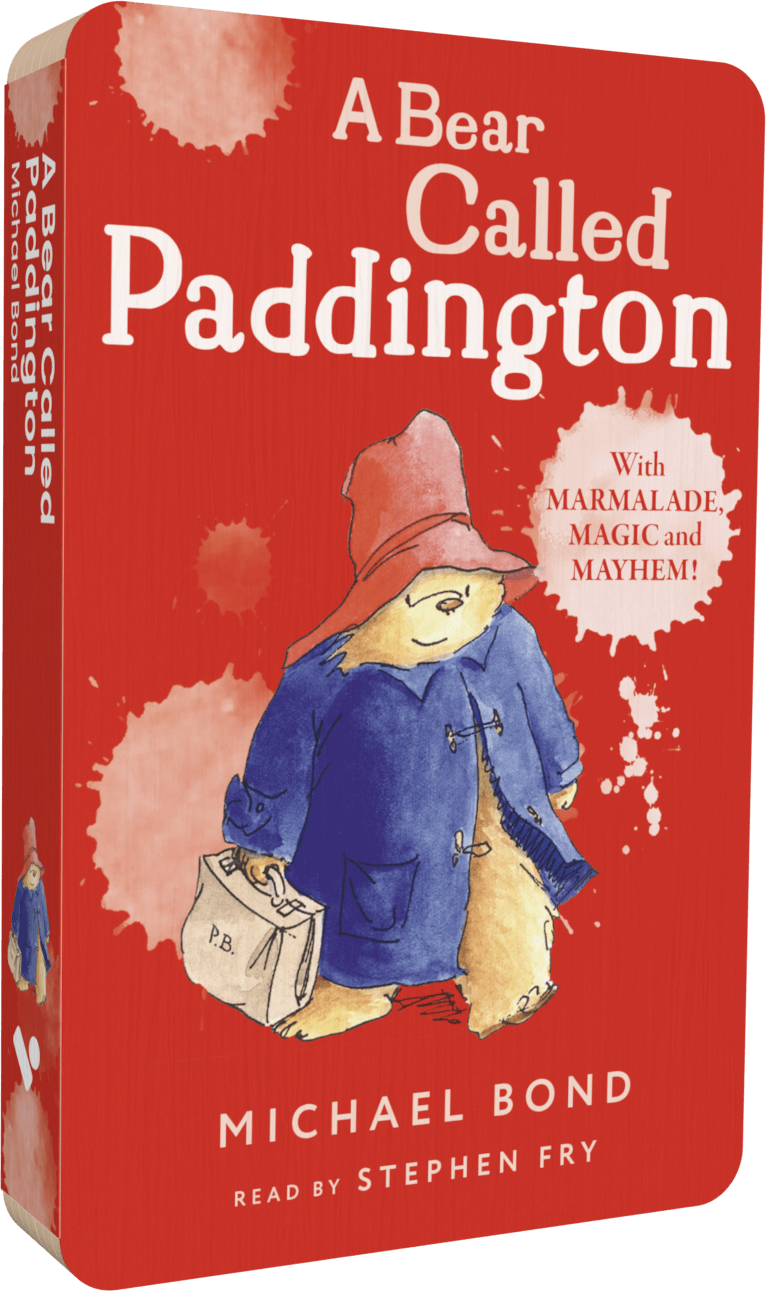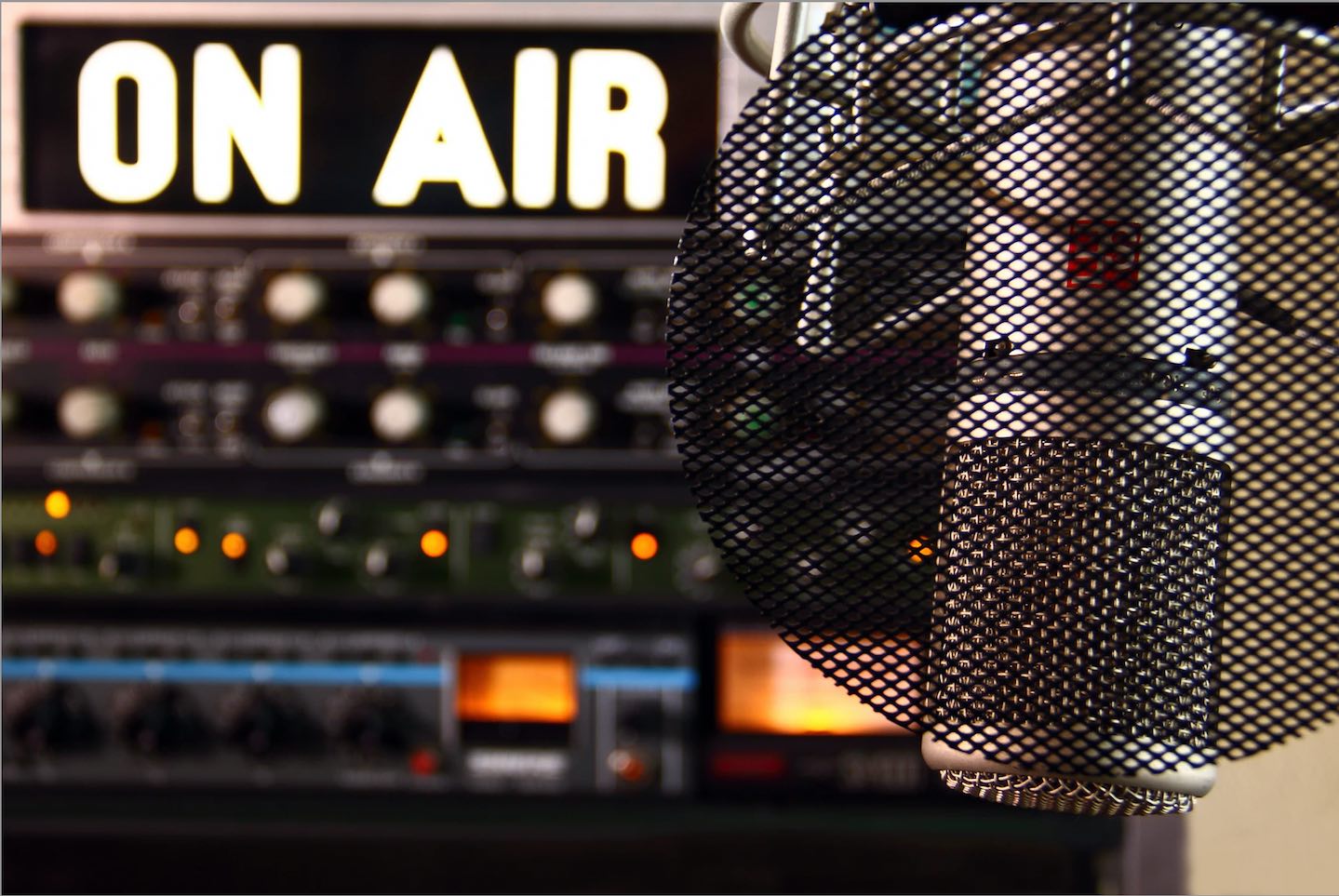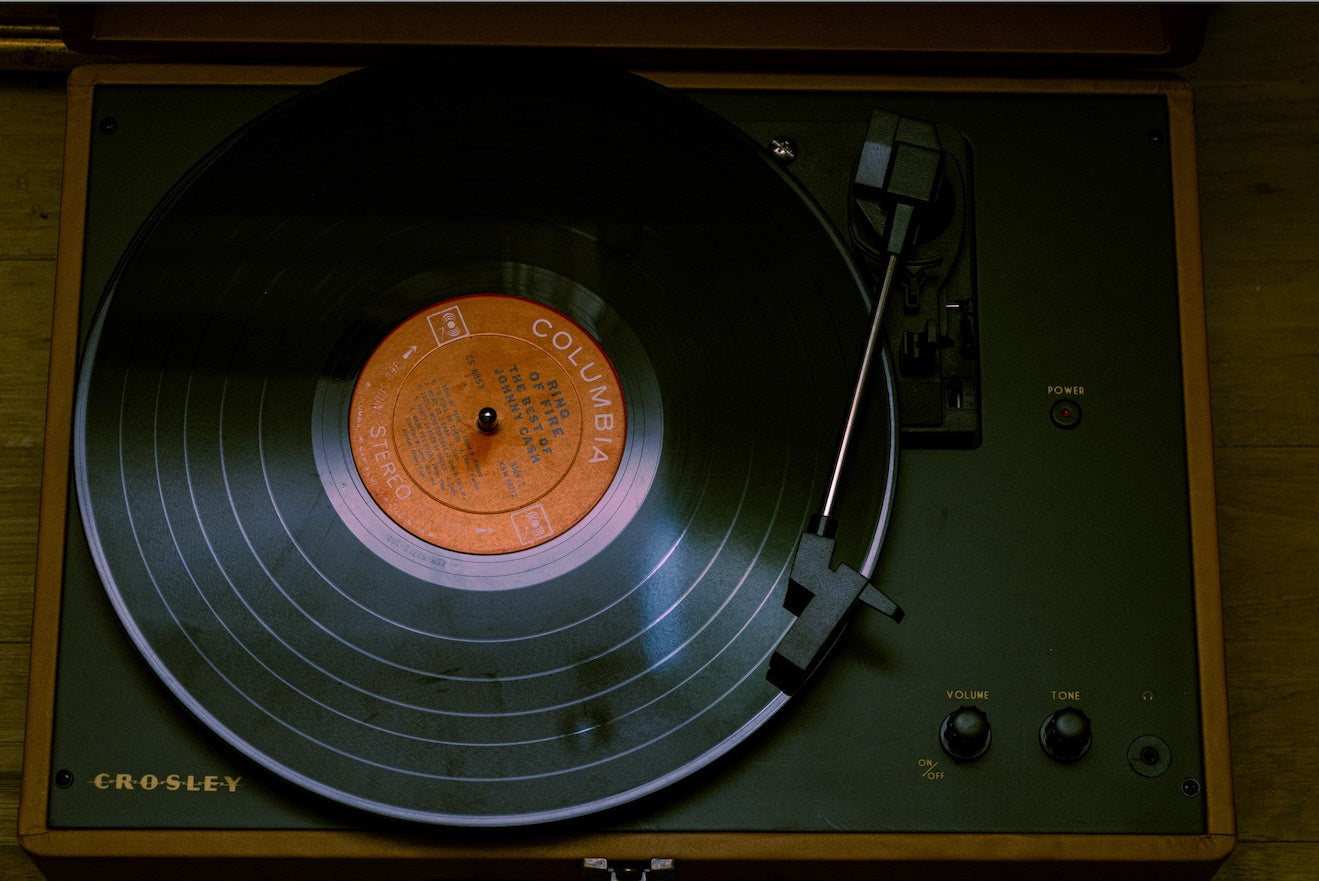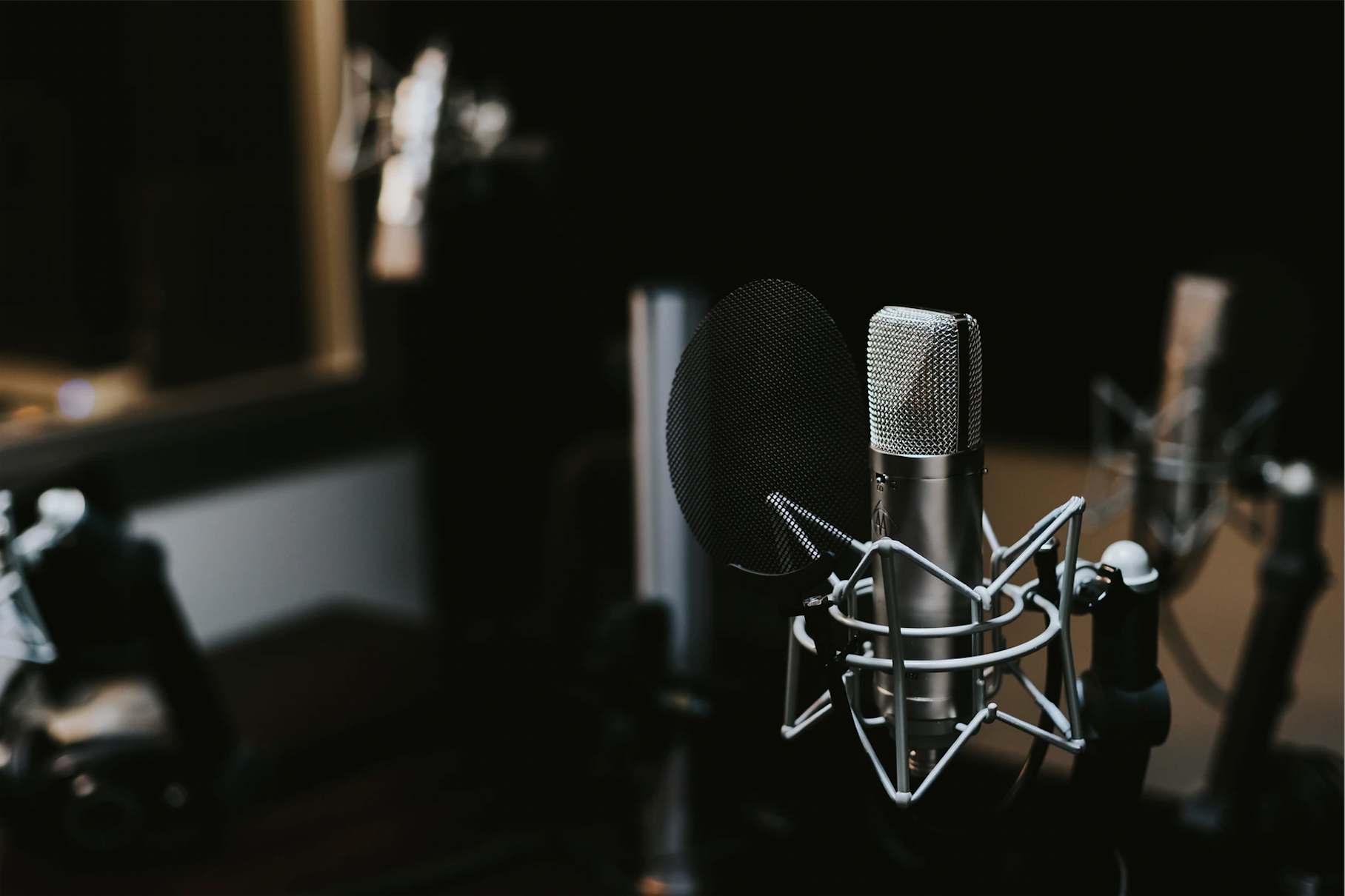Creating an audiobook isn’t just a case of reading a story out loud; a lot of work goes into taking your favourite titles from the page, to your headphones. Casting, editing the text, and post-production, are all integral to the creation of a brilliant audiobook.
Acquiring audio rights
The process begins long before the narrator sets foot in the studio, with the acquisition of audio rights. Audio rights are subsidiary rights, and as such are separate from traditional print rights. However, thanks to the steady increase in popularity that audiobooks have enjoyed since the 1990s, audio rights have become increasingly desirable. Some publishers will always look to acquire audio alongside print, and won’t accept an offer that doesn’t include audio. But literary agents are increasingly aware of the value that audio rights hold in their own right, and so will sometimes look to sell them separately. More and more, audio-centric publishers are looking to acquire audio rights alone, and producing content completely separately from traditional print publishers.

Studio set-up and key roles
Once the rights have been acquired, the publisher will approach a studio to begin recording. Some bigger publishers, such as Penguin Random House, have their own studios, and will produce the majority of their audio content in-house. At the other end of the spectrum, remote recording has become increasingly common in today’s working-from-home world. Audio producers are turning to creative solutions, creating makeshift home studios, or even posting out equipment to their narrators and recording while in separate locations.
But when recording in a more traditional set-up, there are many different roles involved. In addition to the narrator (or sometimes, a whole cast!), there will usually be a producer, a sound engineer, and an editor. It’s usually the editor’s job to read the text and draw up a list of potential narrators, who will often be cast from a pool that the studio regularly works with. Sometimes the author will have input over the narrator, or even read the text themselves, but this isn’t the norm.
Narration
When it comes to narration, preparation is key, and you can read more here about what makes a great audiobook narrator. Narrators will all have different techniques, but most will make a voice profile for each character, so that they can make sure characterisation remains consistent throughout the recording process. Usually the text will be recorded chronologically, with 60,000 words amounting to roughly 6.5 finished hours, but sometimes different chapters will be grouped together for the narrator’s ease, for example if there is a particularly tricky accent in some sections, or if the narrative voice alternates from chapter to chapter. It’s the producer’s job to follow the text, and interject with corrections or performance notes where necessary.
Post-production
The process continues long after the narrator has left the studio, as post-production begins. ‘Proofing,’ involves listening through the entire audio, and identifying any areas which may need re-recorded. It’s likely that even the most experienced narrators will have to return to the studio for a ‘pick-up session,’ to correct these moments.
It’s then down to the production team to make the sound as good as it can possibly be. This involves everything from removing extraneous sounds - even the turning of a page or loud breathing - to adjusting tone and sound to ensure consistent volume throughout. Mastering is the final step in audiobook post-production, involving steps such as noise reduction and adjusting levels to ensure a clean and polished sound for the listener.
 Conclusion
Conclusion
The audiobook industry is constantly evolving and changing. New technology, and growing interest in audio as an artform in its own right, has led to huge productions, such as The Waringham and The Sandman, which rival their cinematic counterparts. Over the past two years, the industry has shown huge flexibility, in the ability to record remotely, and continue feeding an appetite for audiobooks that has grown exponentially in recent years. As the desire for new and high quality audio content continues to grow, the industry looks set to move from strength to strength.
Sources:
Creating Audiobooks: An Overview of the Production Process
“I Probably Modeled Him on Something I’d Heard on The Wire”
How a book is turned into an audiobook






